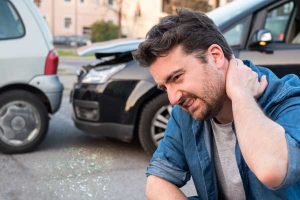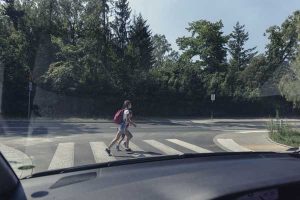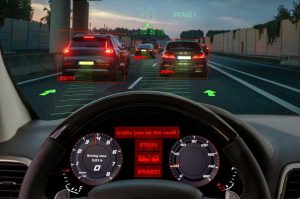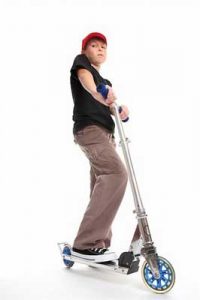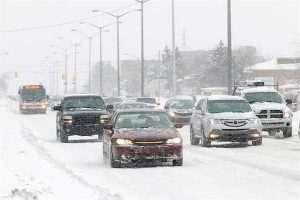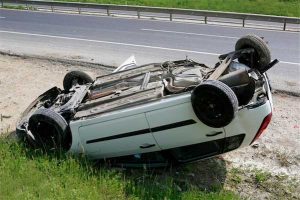Advocacy Group Suggests Improvements for NJ Traffic Safety
 In its 2021 annual report, Advocates for Highway and Auto Safety says there’s room for improvement when it comes to New Jersey’s traffic safety and offered several suggestions.
In its 2021 annual report, Advocates for Highway and Auto Safety says there’s room for improvement when it comes to New Jersey’s traffic safety and offered several suggestions.
One of the recommendations of the coalition, which comprises representatives from various fields outside the automobile industry, is adoption of a primary enforcement seat belt law for rear seat passengers to better protect them in the event of an accident. Currently, New Jersey police can only enforce the use of seat belts by rear seat passengers if the vehicle is stopped for another violation.
The group also suggested certain changes to the state’s Graduated Driver’s License program. To learn more, read “Less Distracted Driving, More Laws Needed in NJ: National Report.”
 New Jersey Injury Lawyers Blog
New Jersey Injury Lawyers Blog


